09 Nov All You Need To Know About Gyokuro Green Tea
Gyokuro can be found in our Shades of Green box and is considered the highest grade of green tea in Japan.
What is Gyokuro Green Tea?
Gyokuro Green Tea comes from Uji-Cha, Kyoto in Japan, and is made from the first flush leaf. It has an incredible sweetness thanks to the farmer’s shading of the tea bushes from sunlight just 20 days before the harvest begins. By shading the leaves it boosts the L-theanine levels and sweetness in Gyokuro tea’s leaves.
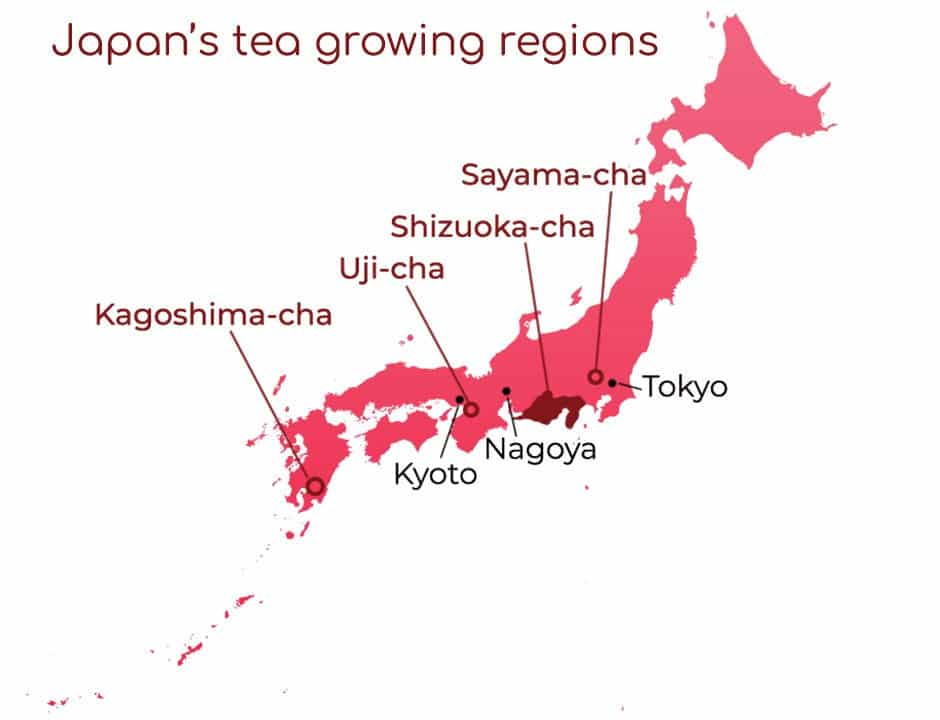
Flavour Profile
Gyokuro green tea has umami, sweet, and grassy flavours and smells like freshly cut grass and dew. This tea should be brewed at around 60°C-70°C for the ultimate sweetness and Umami sensation. The tea leaves are a dark green reminiscent of seaweed and when brewed, the tea has an amber, dewy appearance.
Try our gyokuro green tea today and let us know what you think!
Origin
This tea was invented in Kyoto in the 1830s by combining the kneading and drying method of Sencha with the cultivation method of Tencha (shaded).
Gyokuro green tea is made from the Yabukita cultivar, its leaves are flat and pointed and provides a smooth taste and fresh fragrance. This tea contains the highest number of minerals and vitamins after Matcha.
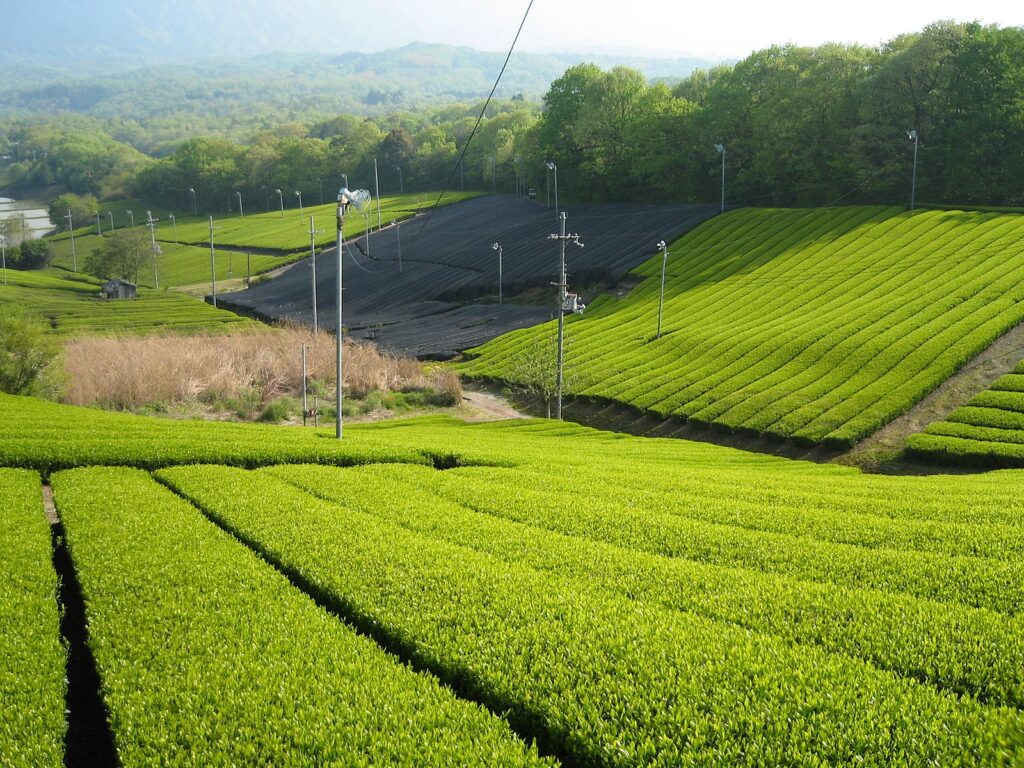
Want to learn more about green teas? Take a look at clouds and mist green tea and discover our cultivated selection of loose-leaf green teas.
Legends
During the Edo period a tea merchant, Yamamoto Kahei often traveled to Kyoto to buy and study tea. On a journey to Uji, to study the Tencha process he visited the Kinoshita family who, just like other farmers from Uji, shaded their tea leaves with straw to protect them from frost.
The merchant noticed that the leaves of the Kinoshita family became “sticky” in the process. He shaped the tea leaves into little pellets to give them a try. The flavour was amazing, he immediately repeated the process and took the tea back to Edo and sold it under the name Tamano Tsuyu (Jewel of Dew) with resounding success.
A man called Eguchi Shigejuro applied the shading method to sencha from Uji and gave Gyokuro its name. Today in Japan Gyokoru is considered the “best” tea.
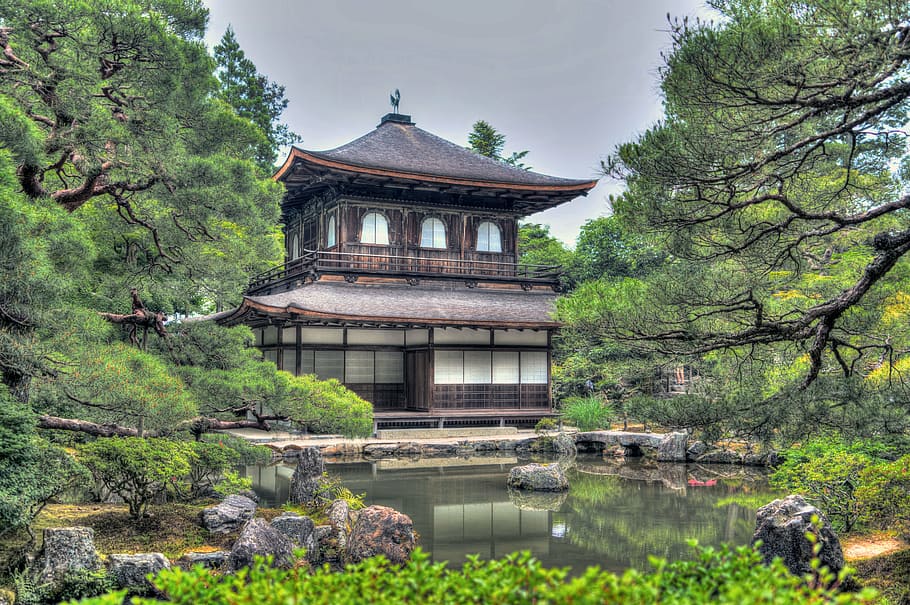

Processing of Gyokuro
Most steps for Gyokuro green tea is similar to Sencha, however in early april, at the start of the first flush, Gyokuro leaves are shaded by straw or a black mesh cloth to block the sun for 20 days before harvest. By blocking sunlight and reducing the rate of photosynthesis, the leaves increase production of caffeine and L-theanine. Shading prevents L-theanine from breaking down into Catcechins, a polyphenol responsible for the bitterness in green tea, instead gyokuro has a full-bodied, less astringent tea with a hint of sweetness.
1. Steaming – right after being picked the leaves are steamed to stop oxidation
2. Coarse kneading machine – after the steaming step tea leaves contain more than 80% of water with specific techniques this amount of water can be increased or decreased. After the kneading, the tea leaves are crushed.
3. Second kneading – the tea leaves are further processed and dried.
4. Precise kneading – the leaves are processed into slender pieces and dried simultaneously to create aracha (unrefined tea) which is refined to become gyokuro.
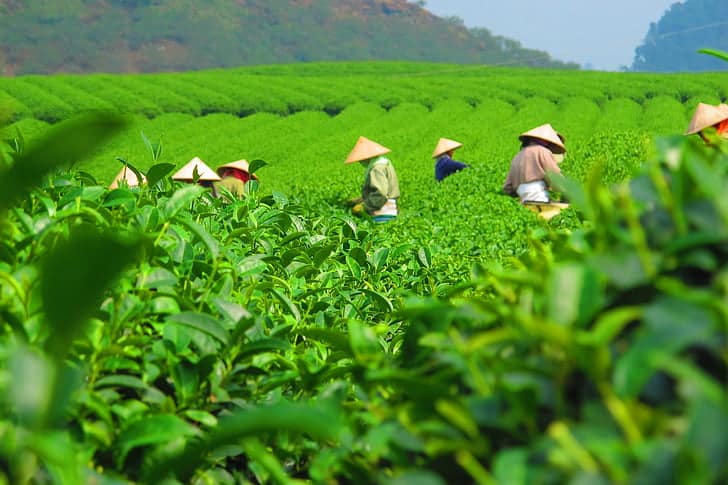
Brewing tips
Here are some brewing tips to help you get the most enjoyment out of your Gyokuro.
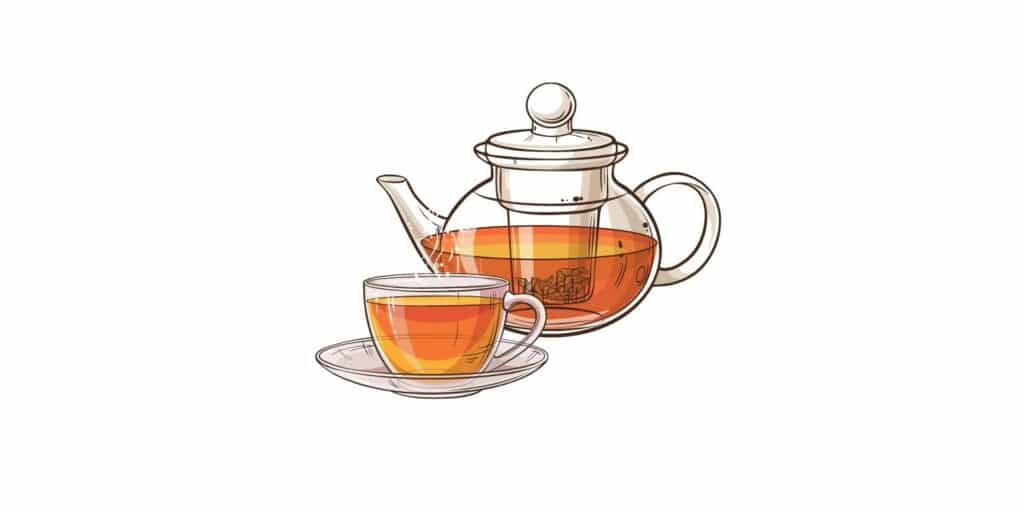
The “Western style”
Steep 3 grams ( 1 tbsp) per 350ml (teapro infuser glass) water between 50-60°C.
Infuse for 2-3 minutes for the first infusion and around 3-6 minutes for a second and a third times.
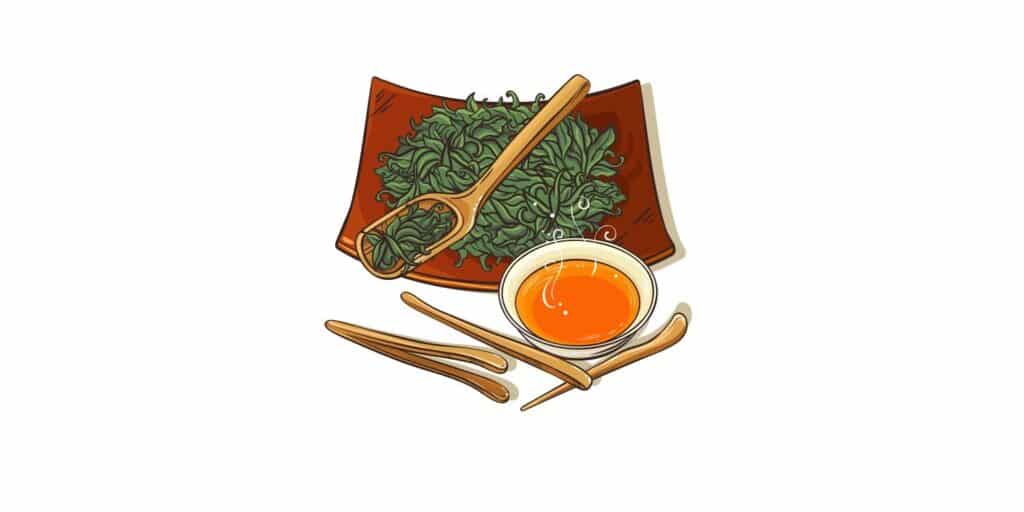
The “Asian style” or “Gong-fu”
Steep 6 grams (2 tbsp) in 150ml water (medium sized Gaiwan) between 50-60°C for approximately 20-30 seconds.
Infuse 6-8 times and add 5-10 seconds for each consecutive re-steep.
Want to learn more about loose leaf tea? Why not check out our free 5 day email course? Click below to sign up.
Gyokuro Green Tea FAQs
Gyokuro is one of Japan’s most premium green teas, shade-grown for three weeks before harvest. This process boosts chlorophyll, L-theanine, and umami flavour, creating a smooth, rich, and sweet taste unlike any other tea.
Yes, Gyokuro is packed with antioxidants, L-theanine, and catechins that support focus, calmness, and immunity. Its unique combination of caffeine and L-theanine provides alertness without the jitters.
Gyokuro’s high price reflects its rarity and labour-intensive production. Grown under shade and hand-harvested in small batches, it’s crafted with precision – resulting in a luxurious tea experience worth the investment.
Yes, Gyokuro contains more caffeine than most green teas (100–140 mg of caffeine per 200 ml cup) often comparable to a cup of coffee (90–140 mg).
However, thanks to its high L-theanine content, the energy it provides is smooth, focused, and long-lasting.
Tip: Brewing temperature and steeping time affect caffeine levels. Using cooler water (50–60°C) may slightly reduce caffeine extraction while preserving flavour.
Gyokuro is smoother and sweeter than Sencha, with more umami and a deeper green colour.
Unlike Matcha, which is powdered and whisked, Gyokuro is steeped whole-leaf, offering a more subtle yet refined flavour.
Brew Gyokuro with cooler water (50–60°C) for 1–2 minutes to preserve its delicate sweetness. It can be steeped multiple times, with each infusion offering new depth. Enjoy it slowly to savour its complex flavour.
Gyokuro can be steeped 2 to 3 times. Each steep reveals new layers of taste – from rich umami to a mellow finish. Slightly increase the temperature and reduce steeping time for subsequent infusions.
Gyokuro stays fresh for up to 6–12 months if stored properly. Keep it in an airtight container, away from light, moisture, and strong odours.
For best quality, store in the fridge and use within weeks of opening.
Due to its high caffeine content, excessive Gyokuro green tea may cause restlessness or insomnia in sensitive individuals. Enjoy in moderation: 1–2 cups a day is ideal for most people.
Green tea is deeply rooted in Japanese culture, cherished for its health benefits, calming ritual, and refined taste. Teas like Gyokuro are considered a delicacy and are often enjoyed on special occasions.
We hope you found this post interesting!
Have you ever tried Gyokuro before? What were your first impressions?
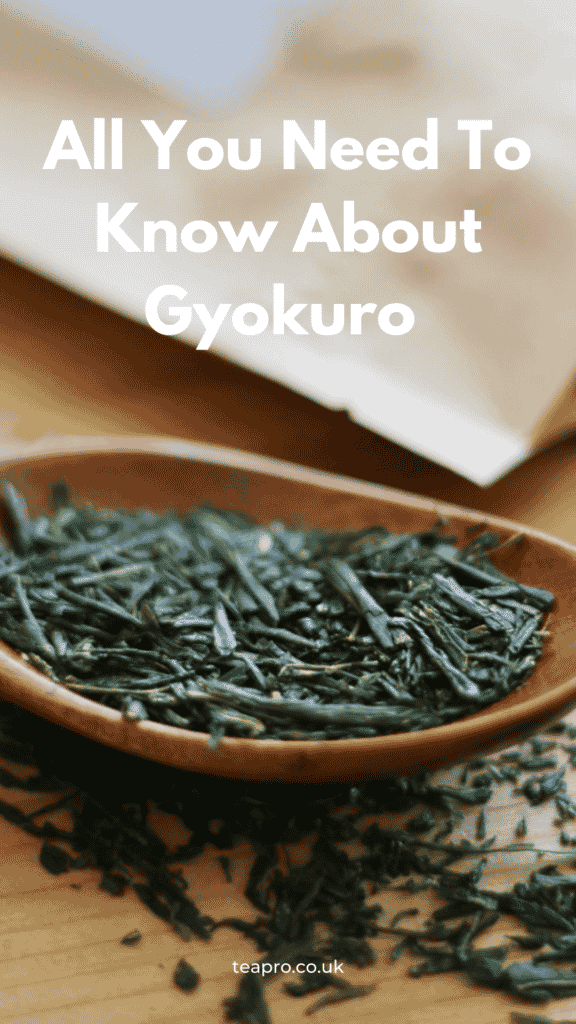

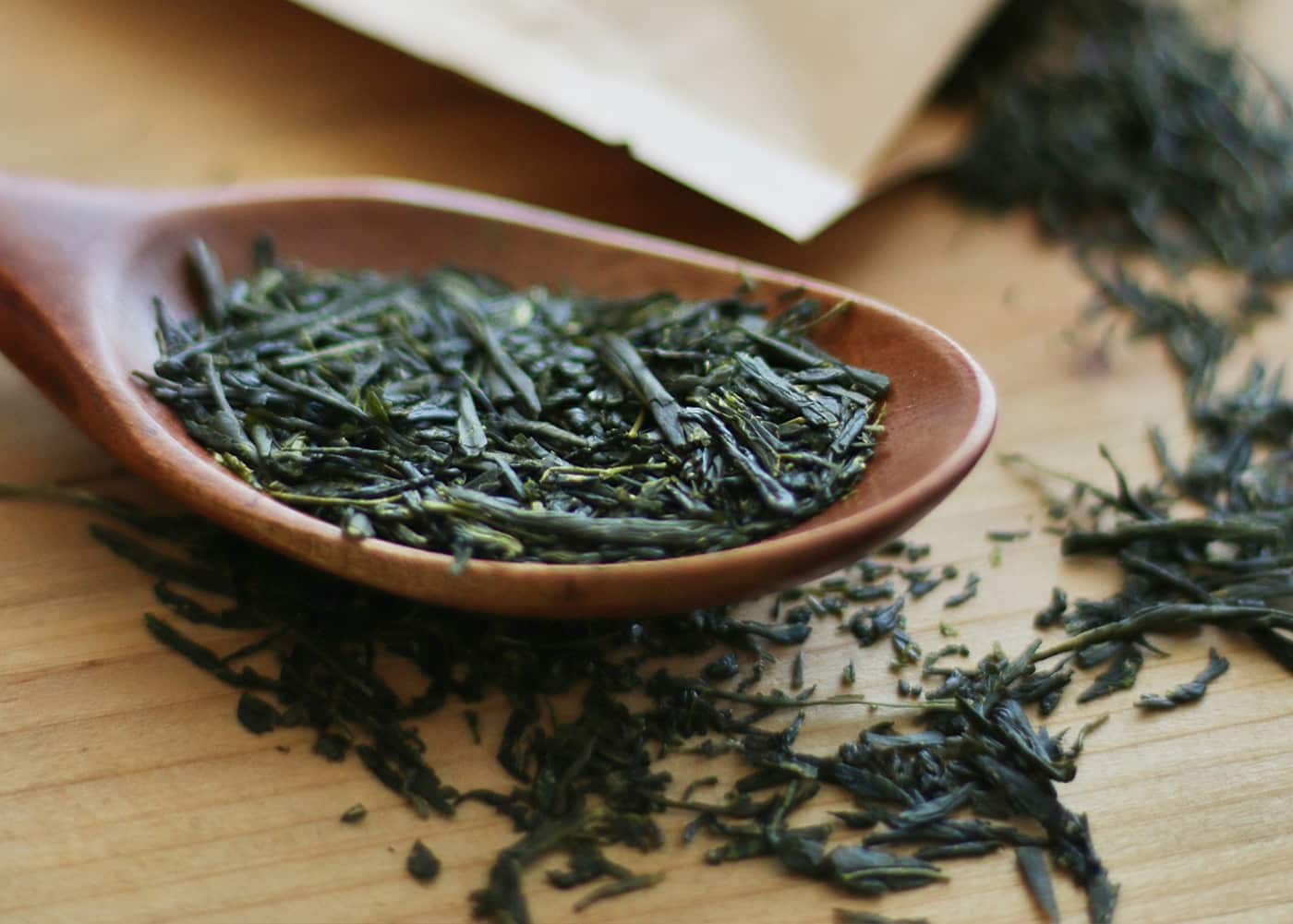

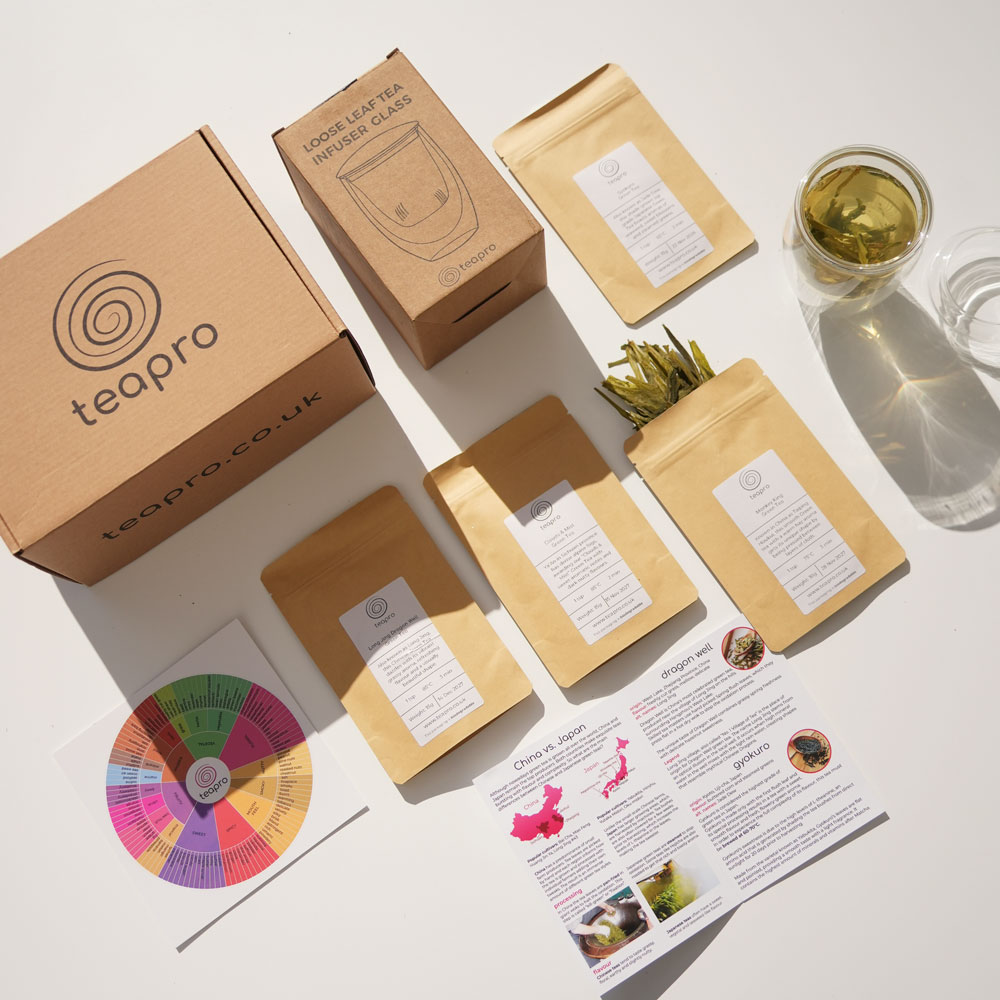
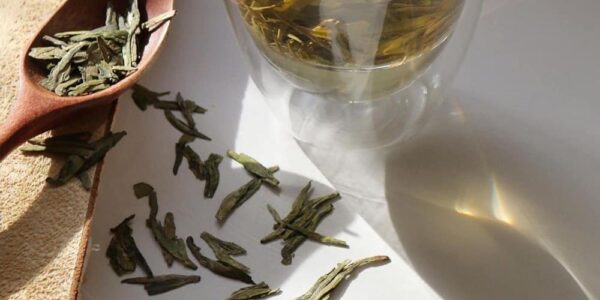
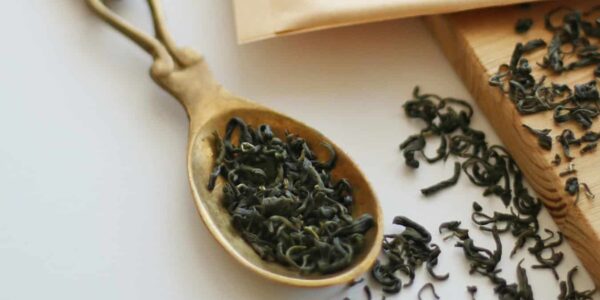
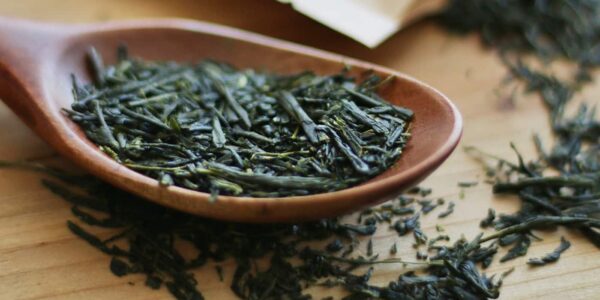
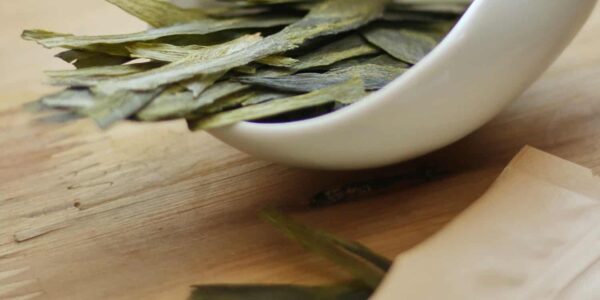
No Comments